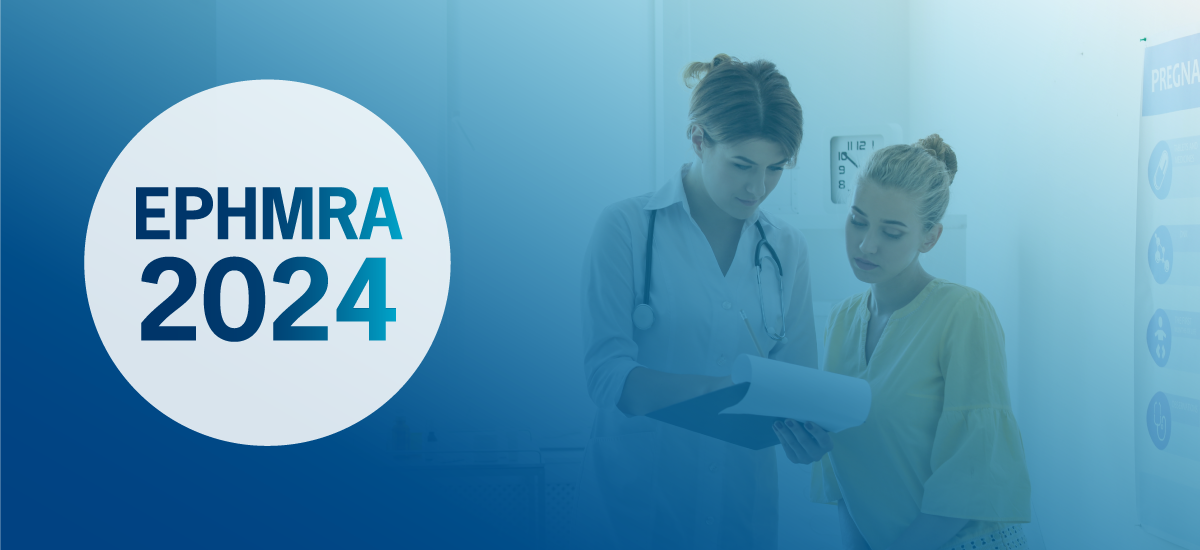
If you’re a EPHMRA member and couldn’t attend you can access the conference videos here. If you would like more information get in touch with Ben Walker, Research Director at Adelphi Research – [email protected].
The importance of patient engagement in the early stages of product development has become a central focus in the pharmaceutical industry. This approach, often highlighted by regulatory bodies like the FDA through their Patient-Focused Drug Development Guidance, emphasises the integration of patient perspectives in research and development (R&D) processes. However, the question remains: Are we genuinely being patient-centric in leveraging these insights during the early phases of product development?
Challenges and importance of early engagement
Traditionally, patient insights are incorporated later in the product development lifecycle, typically around phase 3, when the likelihood of a product reaching the market is higher. This late engagement primarily focuses on understanding perceptions of fixed data points and determining optimal communication and support methods. The hesitation to involve patients earlier stems from the uncertainty surrounding early-stage assets and the potential for these assets to fail.
Engaging patients early, however, can significantly influence clinical strategy by providing critical direction on trial outcomes. Key considerations include:
- Ensuring endpoints are appropriate and relevant for the targeted patient population.
- Capturing the true unmet needs and objectives of the therapy within the trial program.
- Understanding patient tolerance of risk-benefit profiles.
- Designing trials that are less burdensome, thereby improving patient experience, retention, and recruitment rates.
Practical approaches to early engagement
To make early patient engagement effective, it is crucial to:
- Apply a human-centred design framework, which includes empathy, ideation, prototyping, defining, and testing phases, to create actionable insights.
- Partner with patient advocacy groups (PAGs) to ensure a thorough understanding of patient needs.
- Collaborate with ‘expert’ patients and advocates who can provide deeper insights.
Here’s a more detailed look into this approach:
Ensuring data is understandable and sensitive
One of the significant challenges in early patient engagement is making data interpretable and ensuring it is communicated sensitively. For example, conveying overall survival (OS) and progression-free survival (PFS) data in a patient-friendly manner required transforming complex clinical data into understandable language.
Understandable language could, for instance, be stating, “Typically, patients are expected to live X months after treatment start” or “X% of patients may experience fever like symptoms due to neutropenia” instead of using technical jargon.
Leveraging expert insights
Even with a well-structured engagement framework, ensuring that insights are actionable requires additional layers of interpretation by expert groups. Recruiting expert patients who can provide initial input and localise the Target Product Profiles (TPPs) can improve patient understanding. This expert view is critical in fully interpreting the TPPs and ensuring they are actionable.
Addressing early engagement challenges
While best practice approaches to early patient engagement are effective, they can be time-consuming and require balancing depth of insight with agility. Considerations for improving agility include:
- Utilising previous knowledge and available literature to guide the approach.
- Conducting social media listening to gather agile insights from ongoing patient conversations.
- Focusing on endpoints that can change and have a significant impact on patient experience.
Final thoughts
In an increasingly competitive development landscape, early patient engagement is essential for ensuring that products address the critical needs of patients. Conducting early market research with patients is crucial, though challenging, in collecting meaningful insights. The call to action for the industry is clear: engage with patients consistently, early, and throughout the product lifecycle to truly embody patient-centric development.
Got a question? Get in touch:
Ben Walker, Research Director, Adelphi Research: [email protected]
